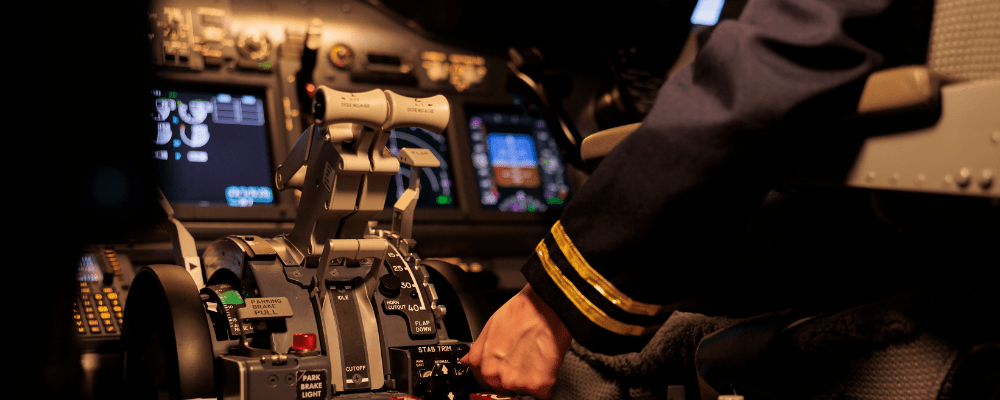In the dynamic realm of aerospace engineering, staying ahead of the curve is imperative. One technology that has been steadily reshaping the industry is Digital Twin Technology. This blog delves into the multifaceted applications of Digital Twin Technology in Aerospace. We will explore how it revolutionizes aircraft design, maintenance, and operations while ushering in unprecedented efficiency and innovation.
Digital Twin Fundamentals
Before diving into its aerospace applications, it’s essential to grasp the fundamentals of this Technology. A Digital Twin is a virtual replica of a physical object or system. In aerospace, this entails creating a digital counterpart of an aircraft, encompassing every nut, bolt, and system component.
What is a Digital Twin?
At its core, a Digital Twin is a virtual representation of a physical object or system. It involves creating an intricate and precise digital replica of an aircraft in the aerospace industry, encompassing every conceivable detail, from the engines and avionics systems to the most miniature nuts and bolts. This digital counterpart is not a static 3D model; it’s a dynamic, data-rich replica that mirrors real-world aircraft behavior and performance.
Real-time Synchronization
One of the defining features of this is their ability to synchronize in real-time with their physical counterparts. This synchronization is achieved through a constant exchange of data, often facilitated by sensors and IoT devices installed on the aircraft. This real-time connection allows engineers and operators to monitor, analyze, and control the physical plane remotely.
Advanced Simulations
Another critical aspect of these Twins is their capacity for advanced simulations. Engineers can subject the digital twin to various simulated scenarios, from stress tests and performance evaluations to extreme weather conditions. These simulations provide invaluable insights into how the aircraft will behave under different circumstances, leading to more informed design decisions and improved safety measures.
Data-Driven Decision Making
Digital Twins generate an abundance of data, and the true power of this technology lies in harnessing that data for informed decision-making. Advanced analytics and machine learning algorithms can process this data to identify trends, predict maintenance needs, and optimize operations. This data-driven approach improves efficiency, enhances safety, and reduces costs.
Continuous Improvement
These types of Twins are not static entities. They evolve as new data becomes available and the physical aircraft undergo modifications or upgrades. This continuous improvement cycle ensures that the digital twin accurately represents the aircraft throughout its lifecycle. In conclusion, grasping the fundamentals of Digital Twin Technology is pivotal for appreciating its wide-ranging applications in aerospace. These virtual replicas, synchronized in real time, are powerful tools for advanced simulations and data-driven decision-making. As we explore further, we’ll see how Digital Twins are unprecedentedly shaping the future of aircraft design, maintenance, and operations.



